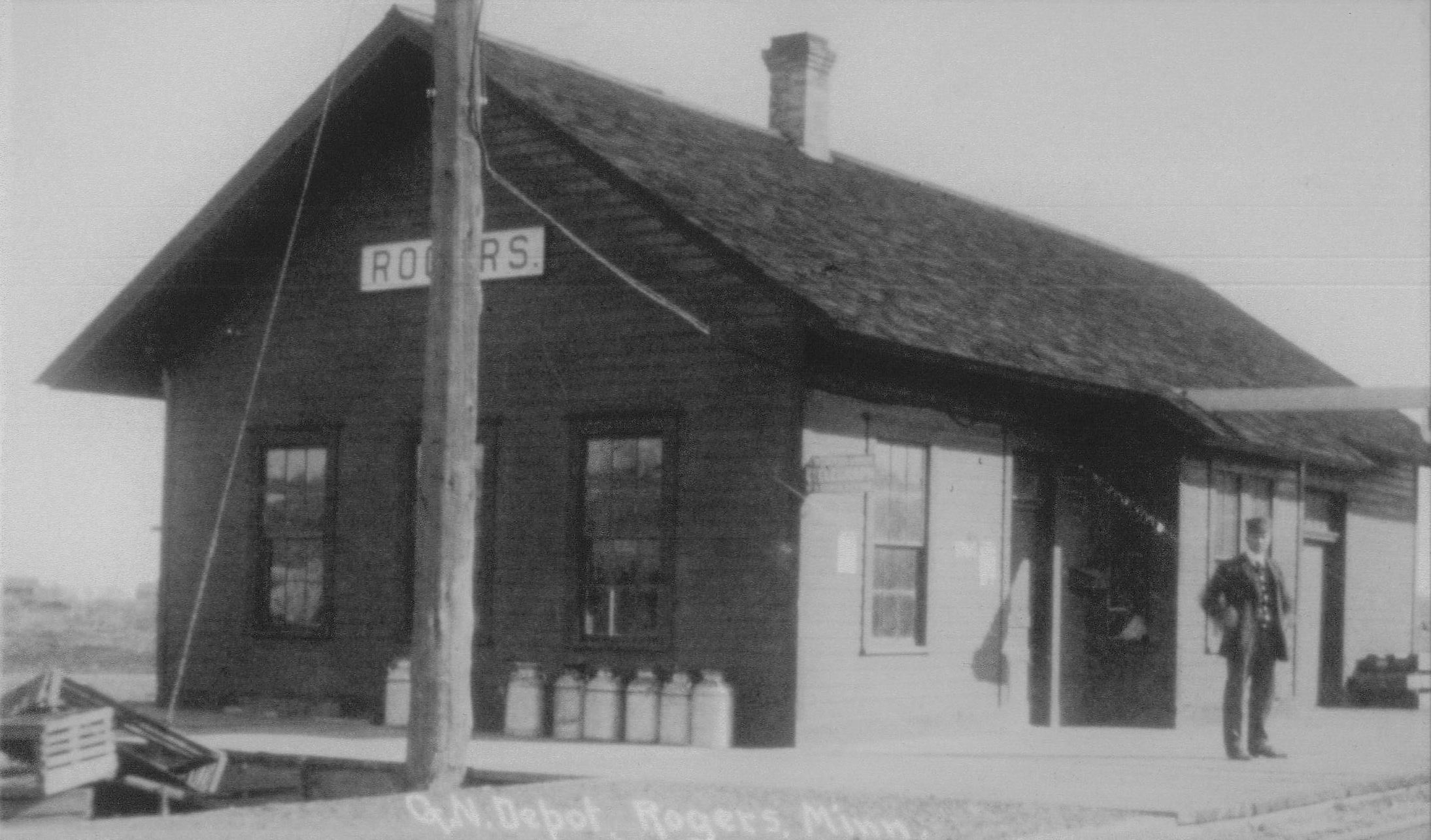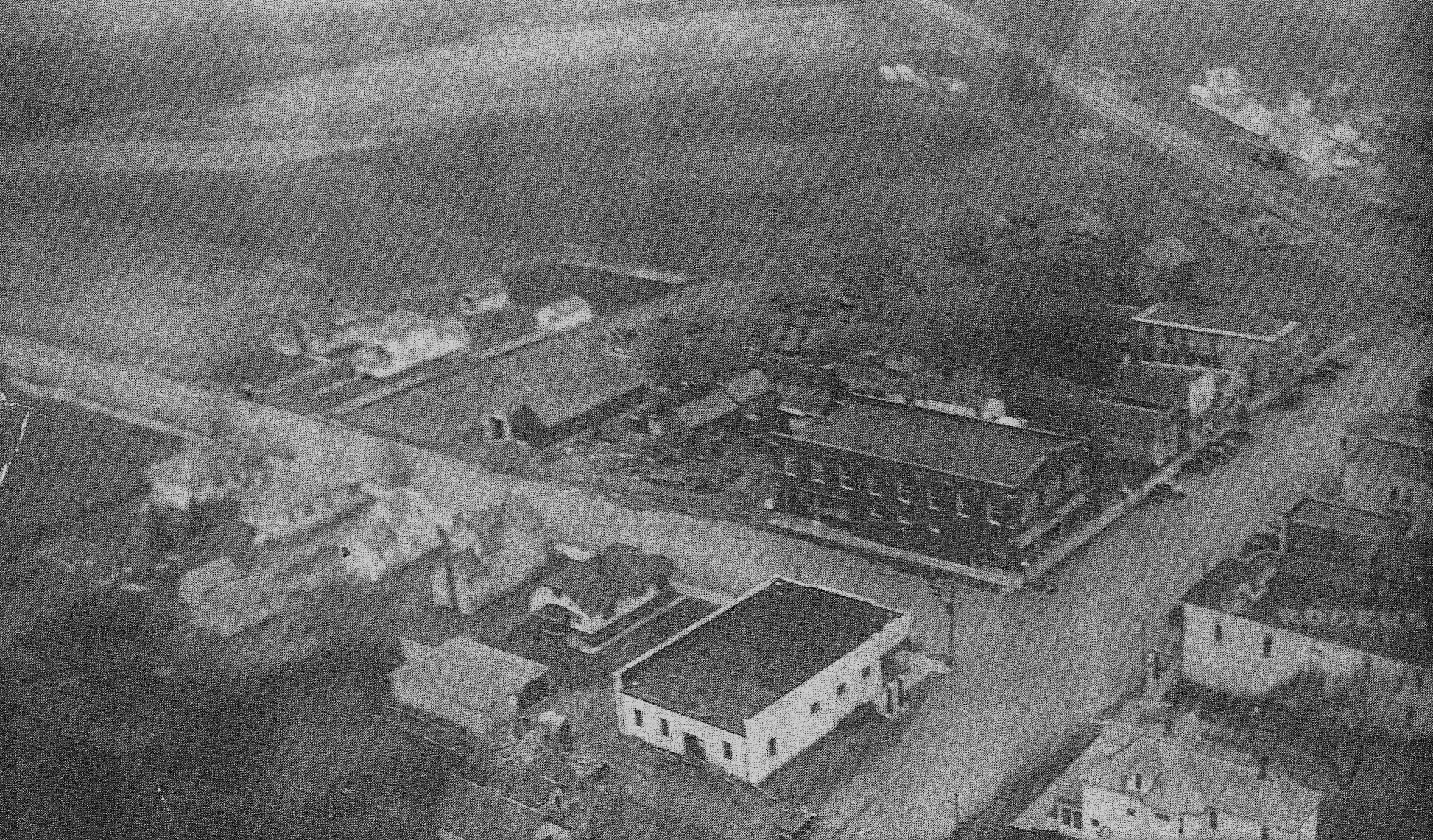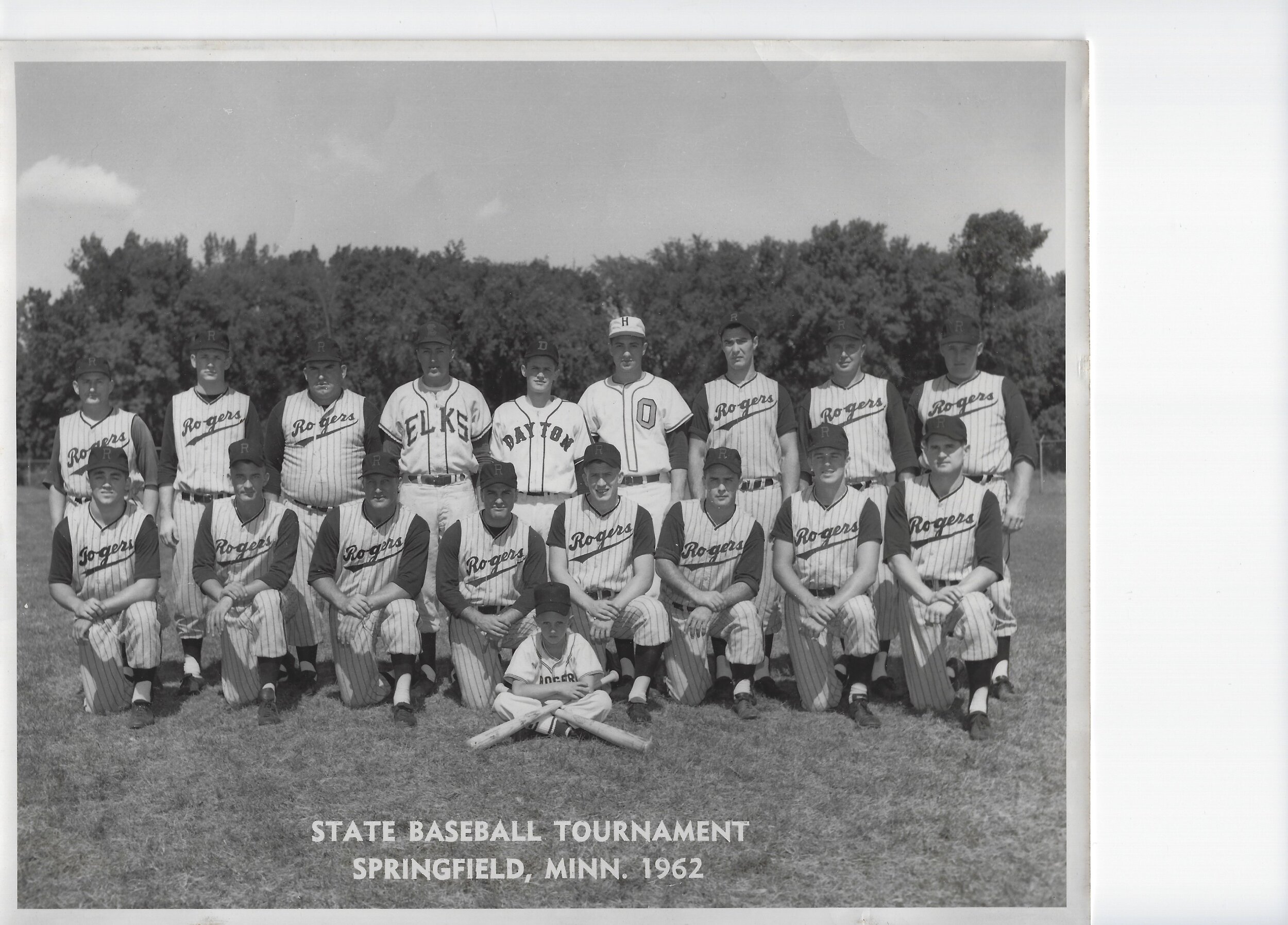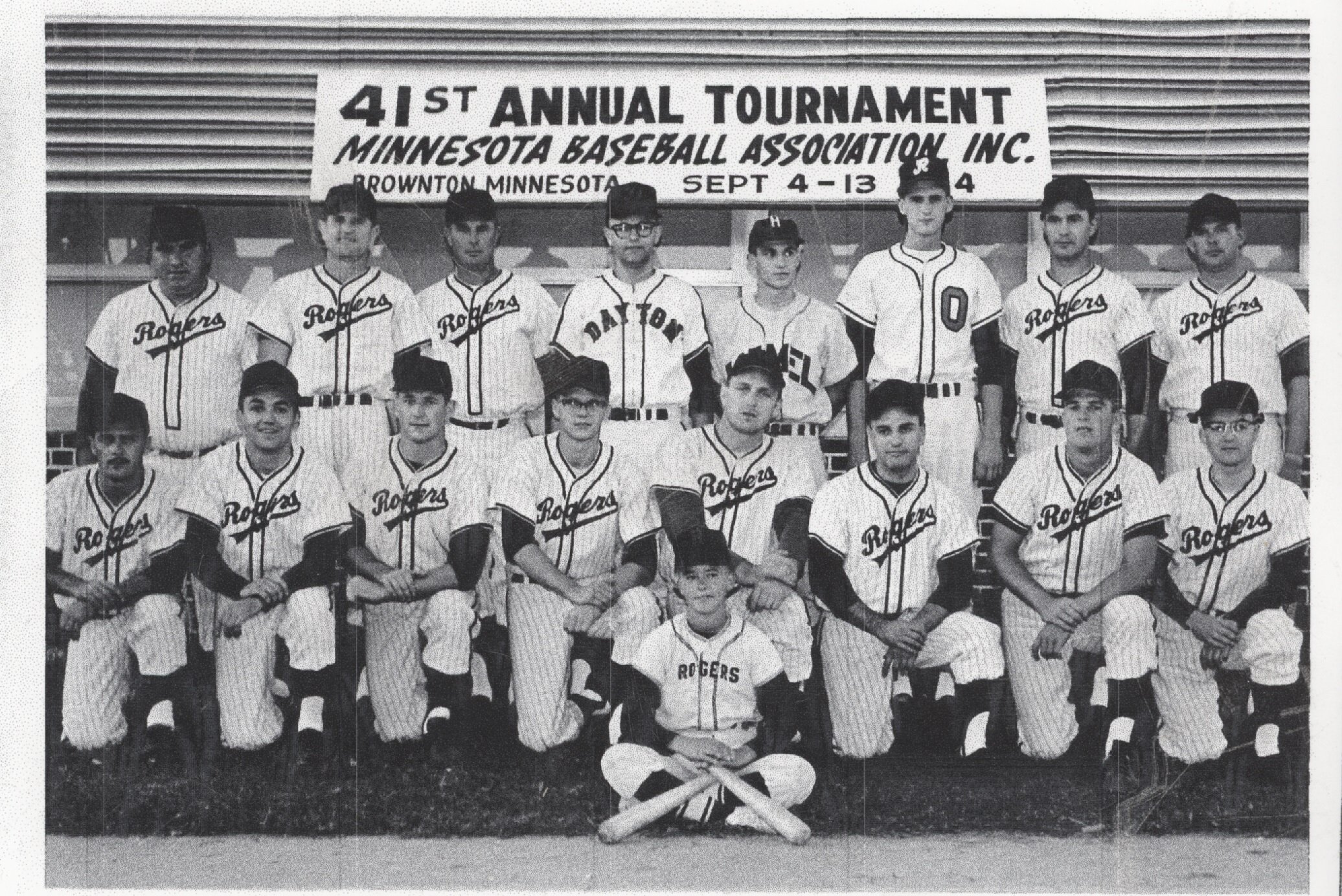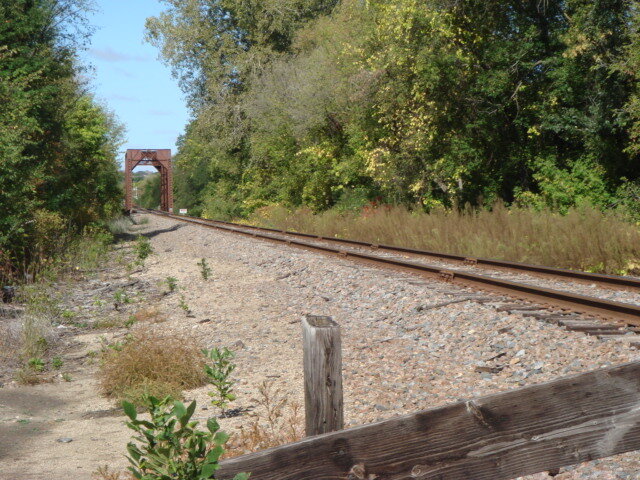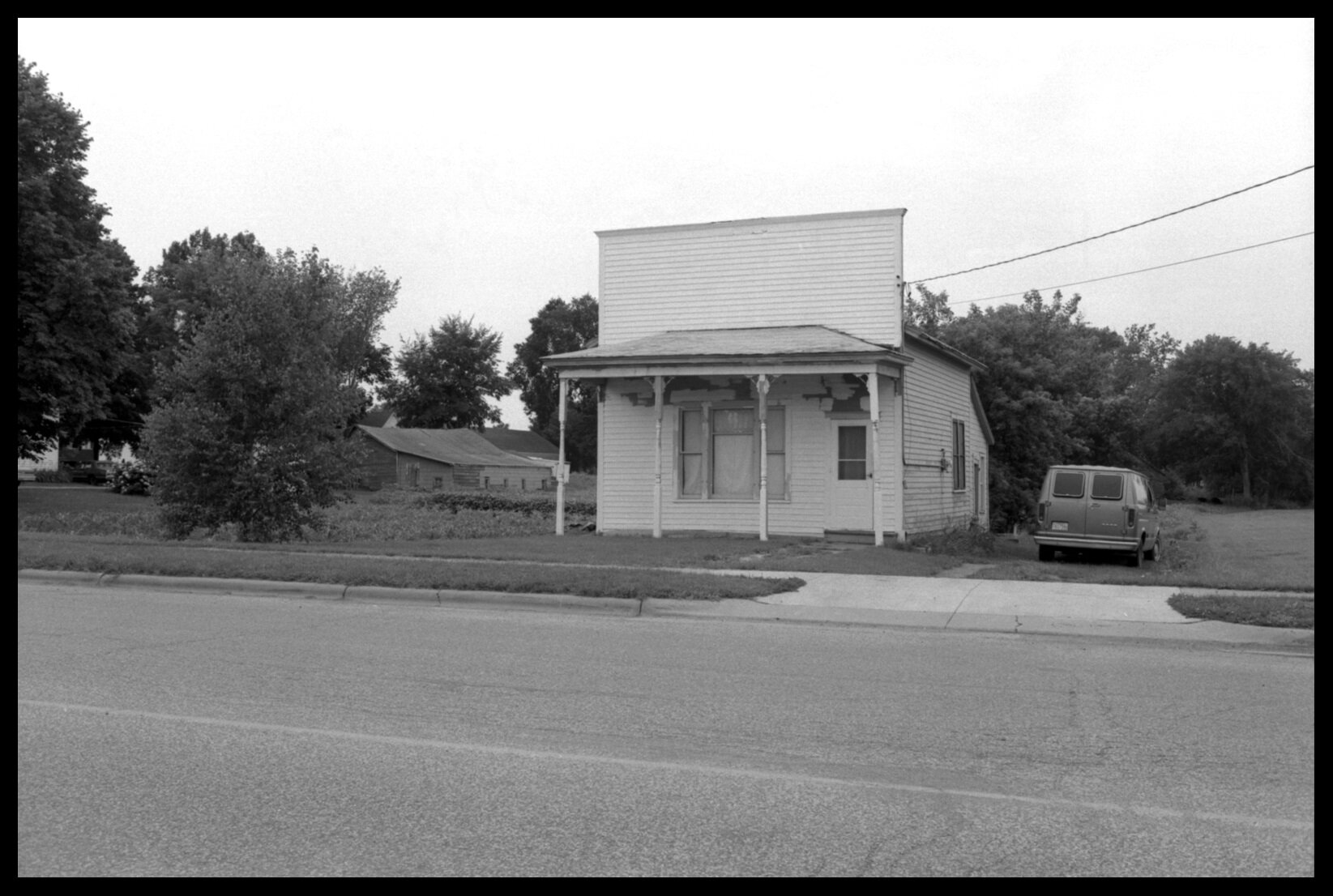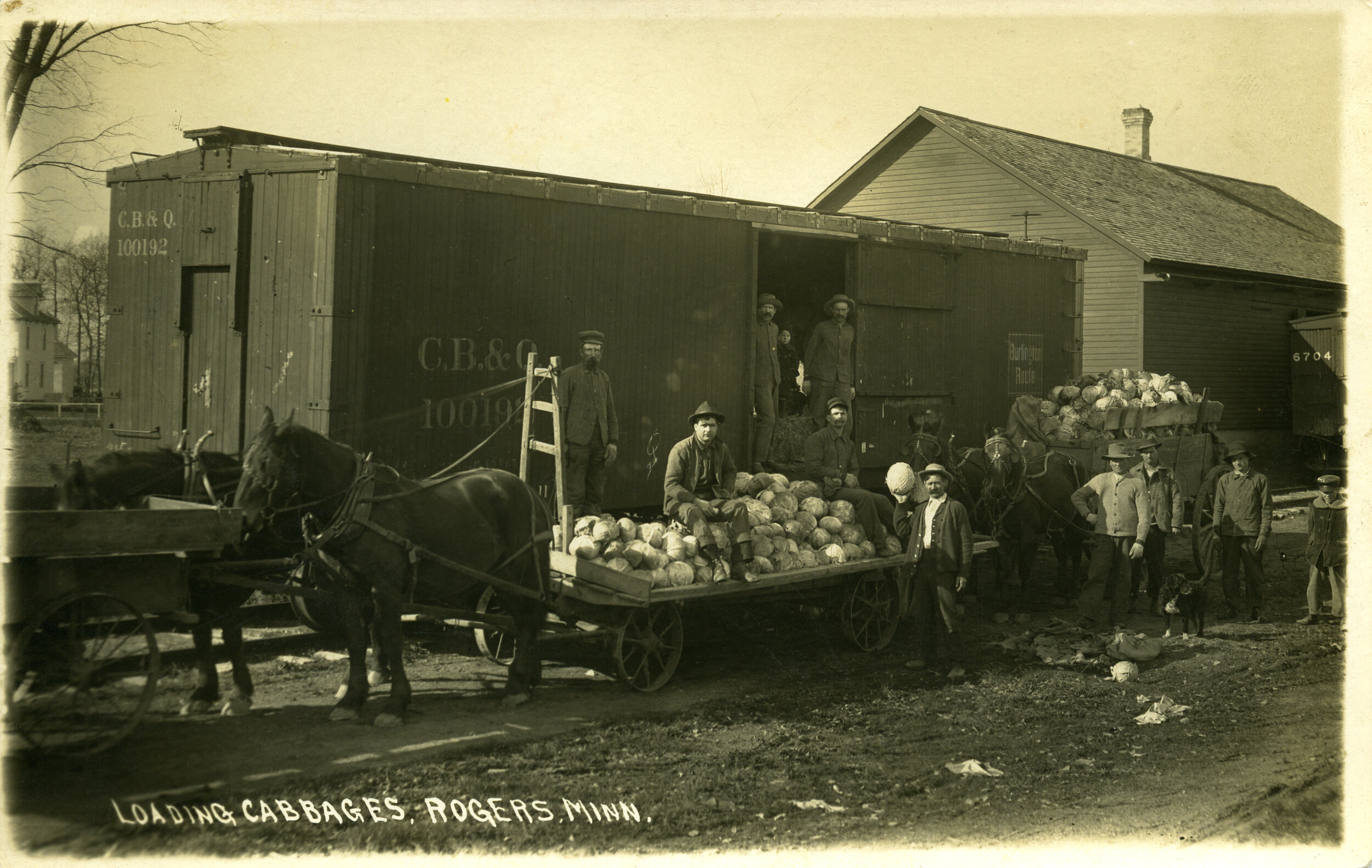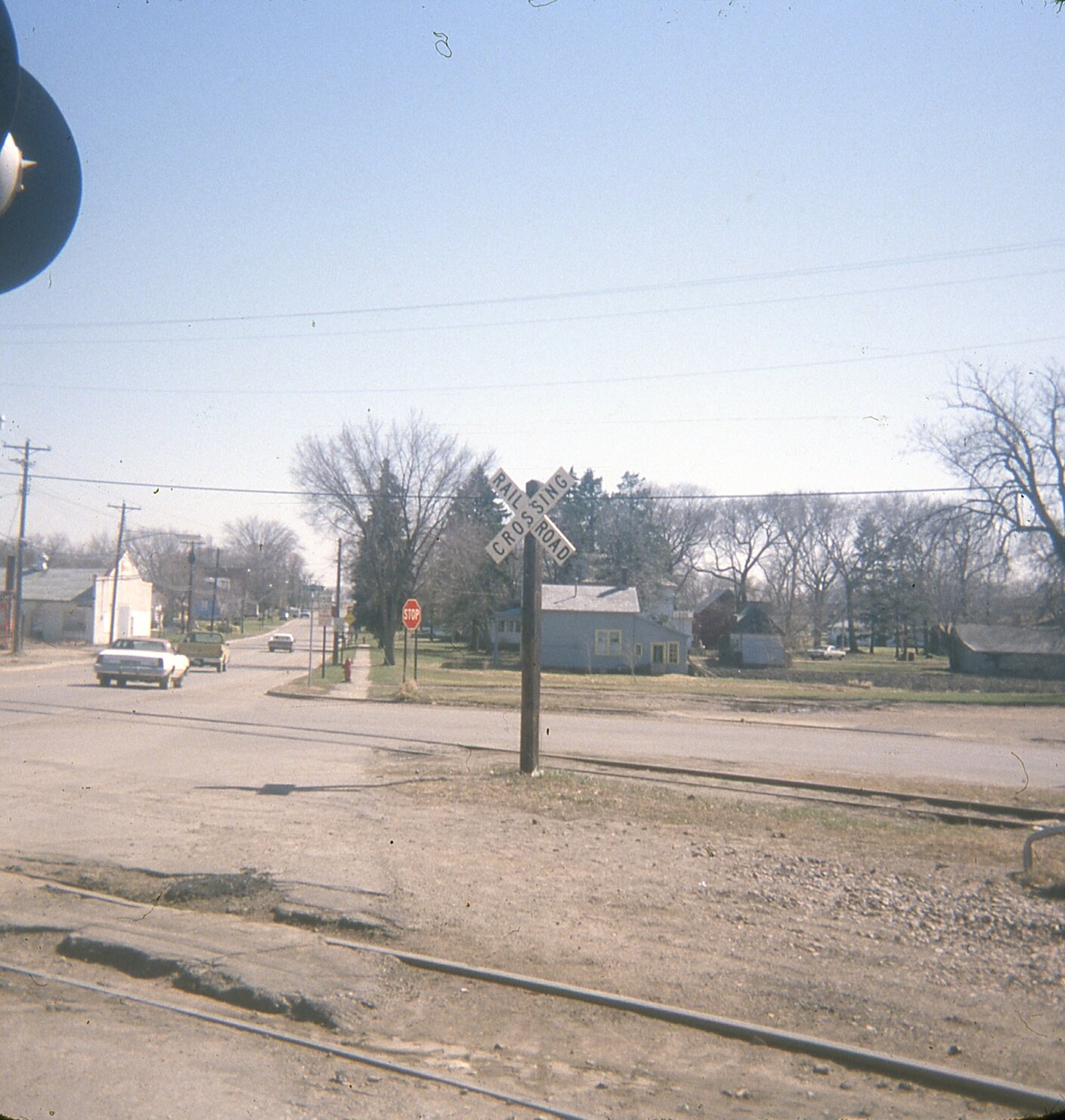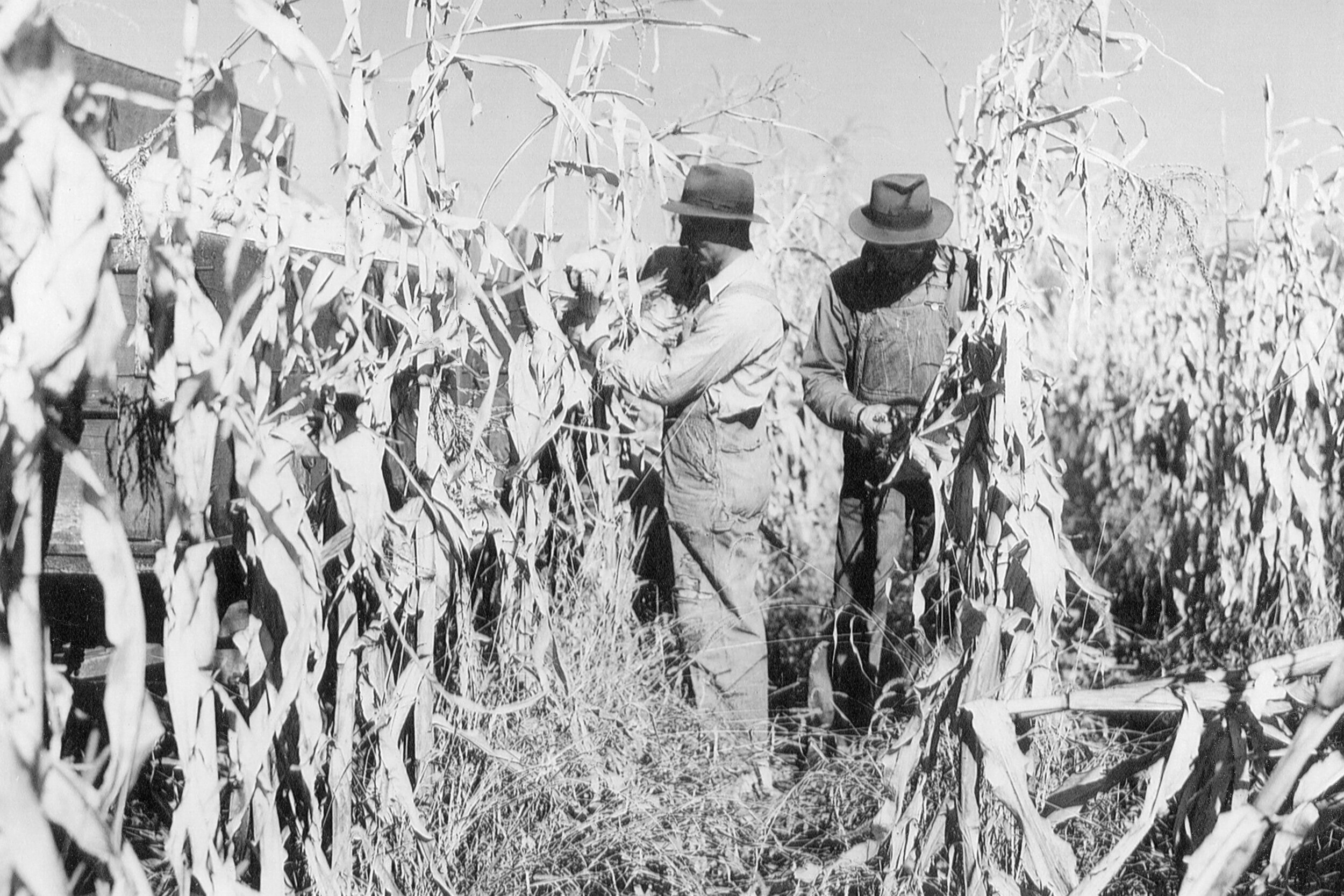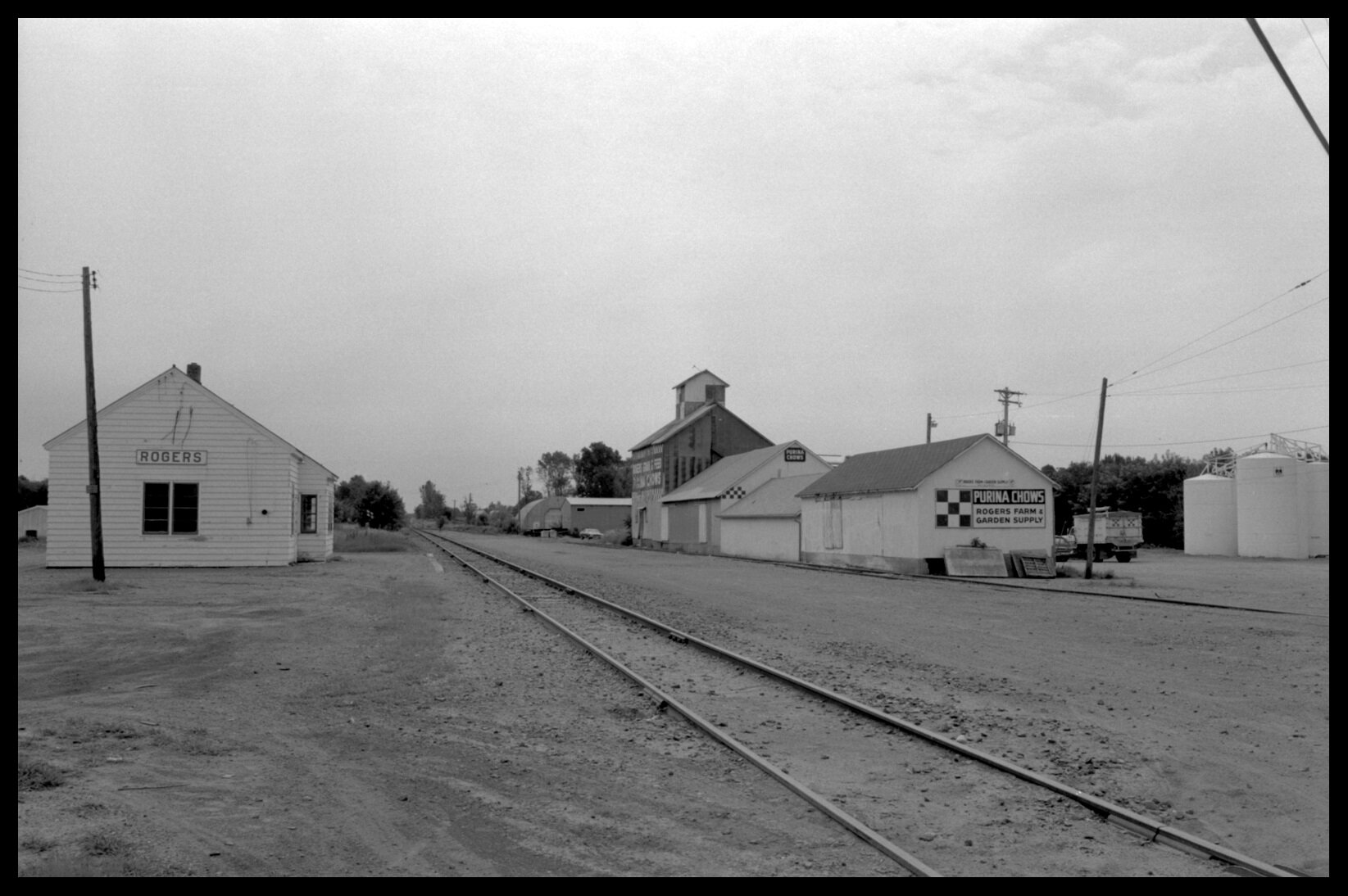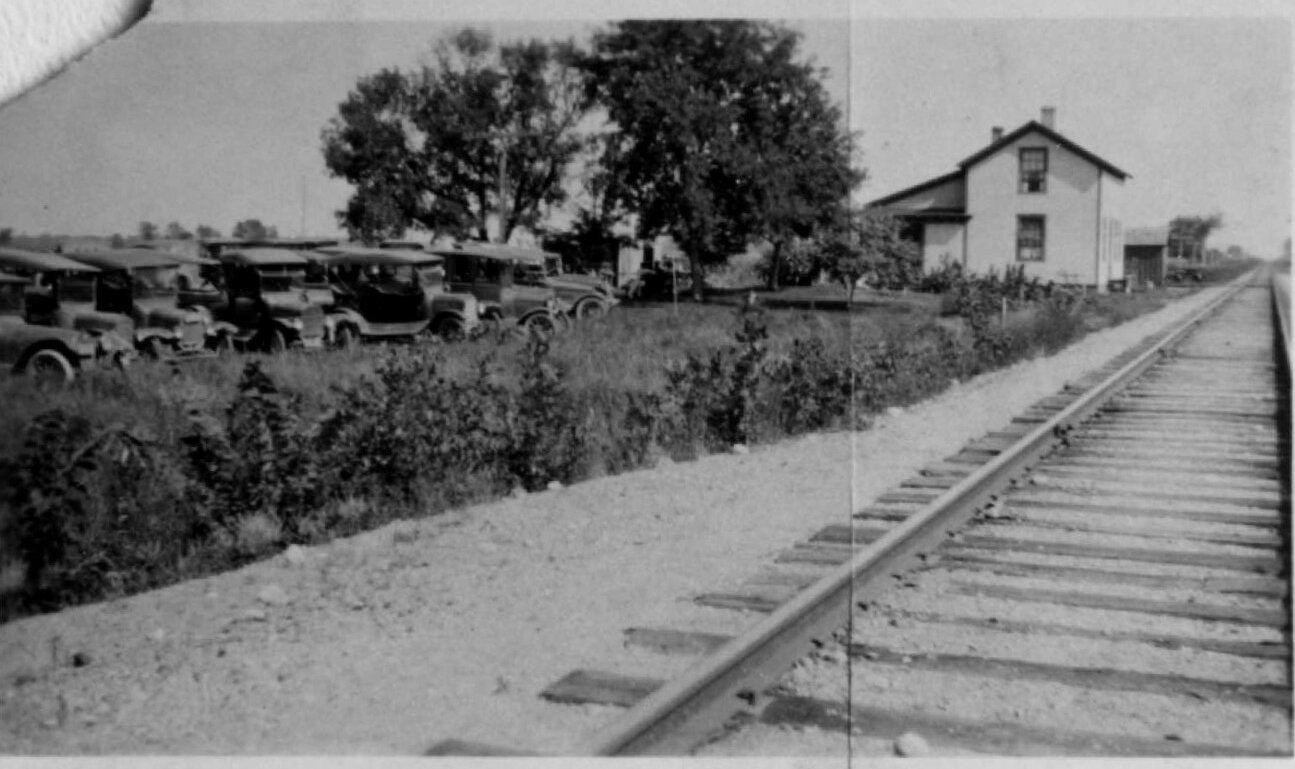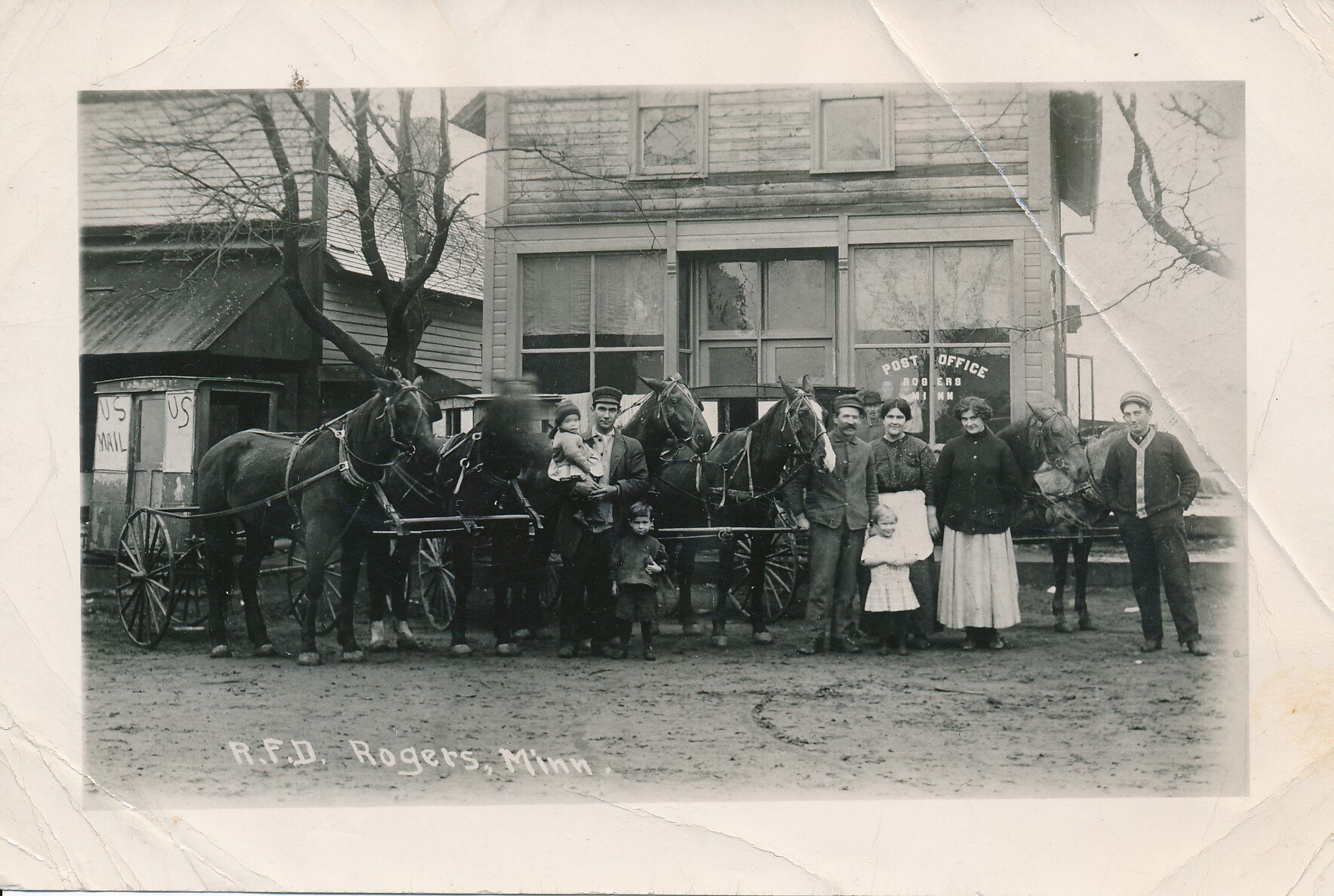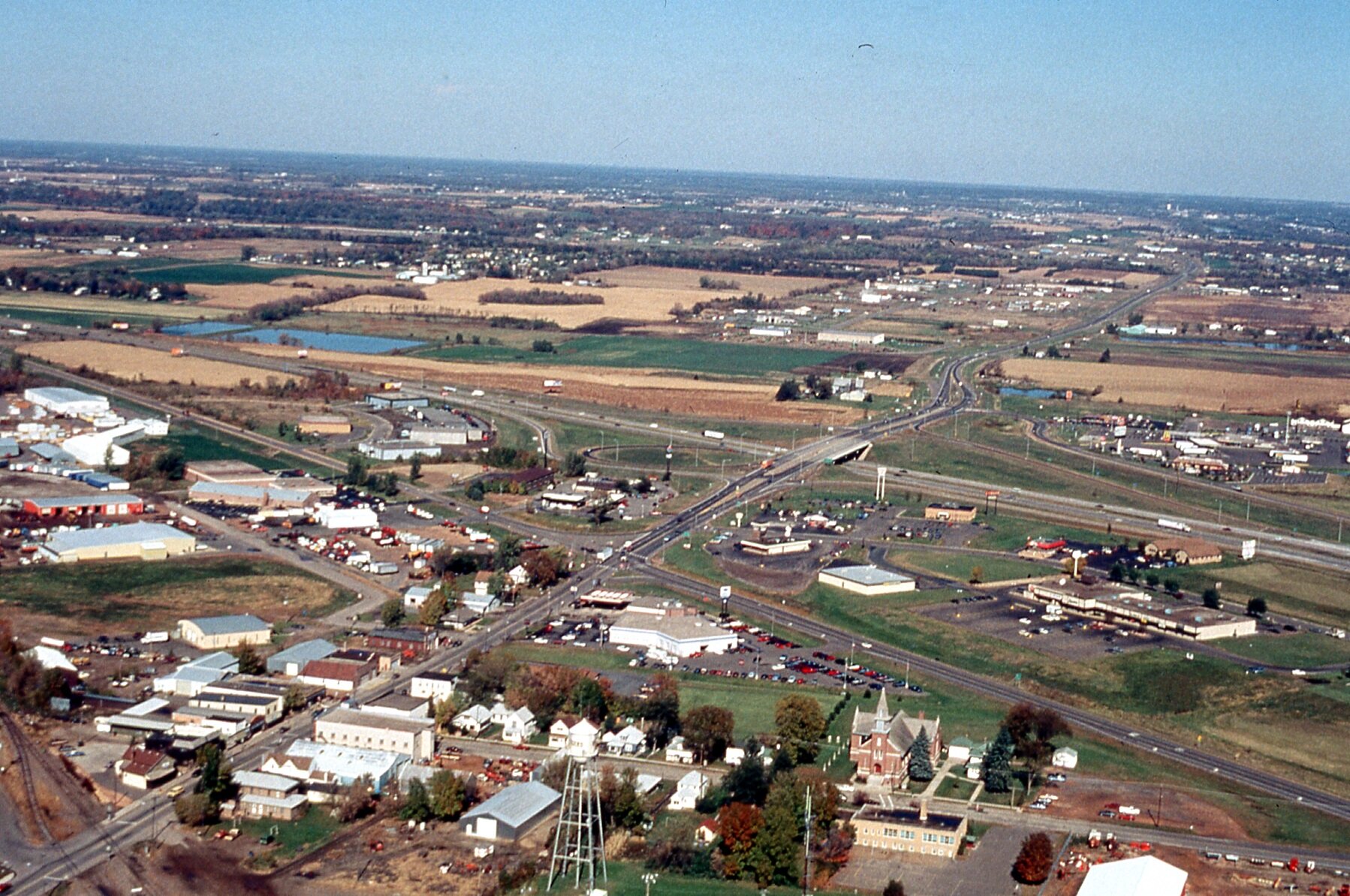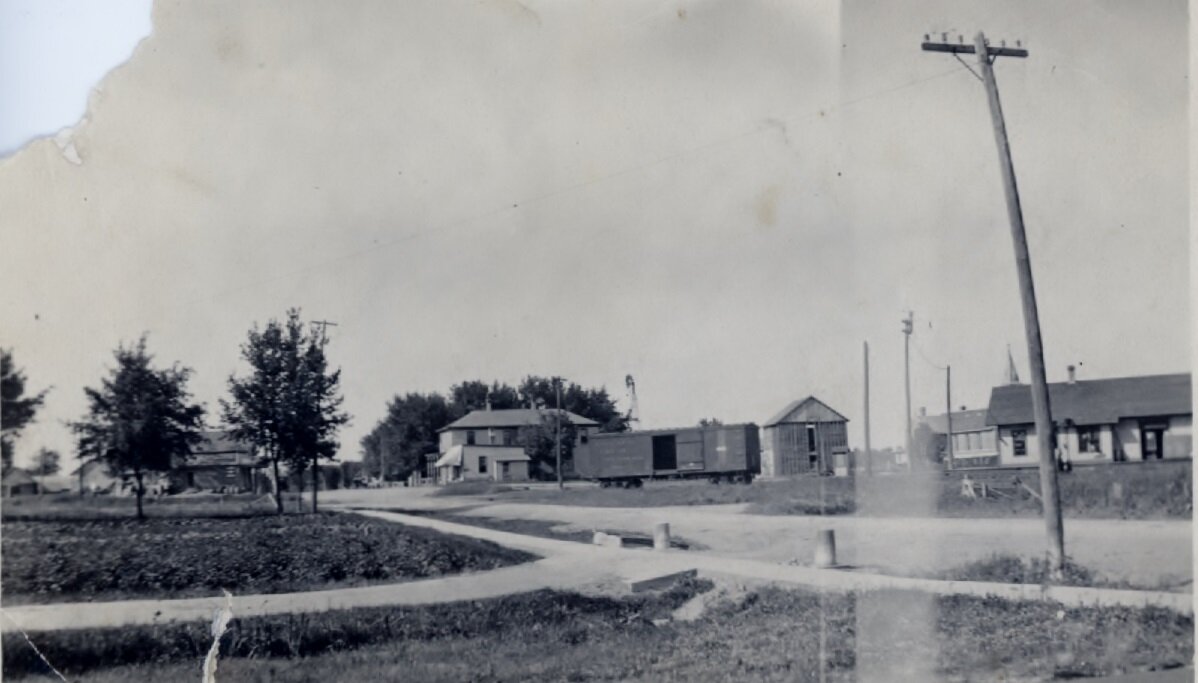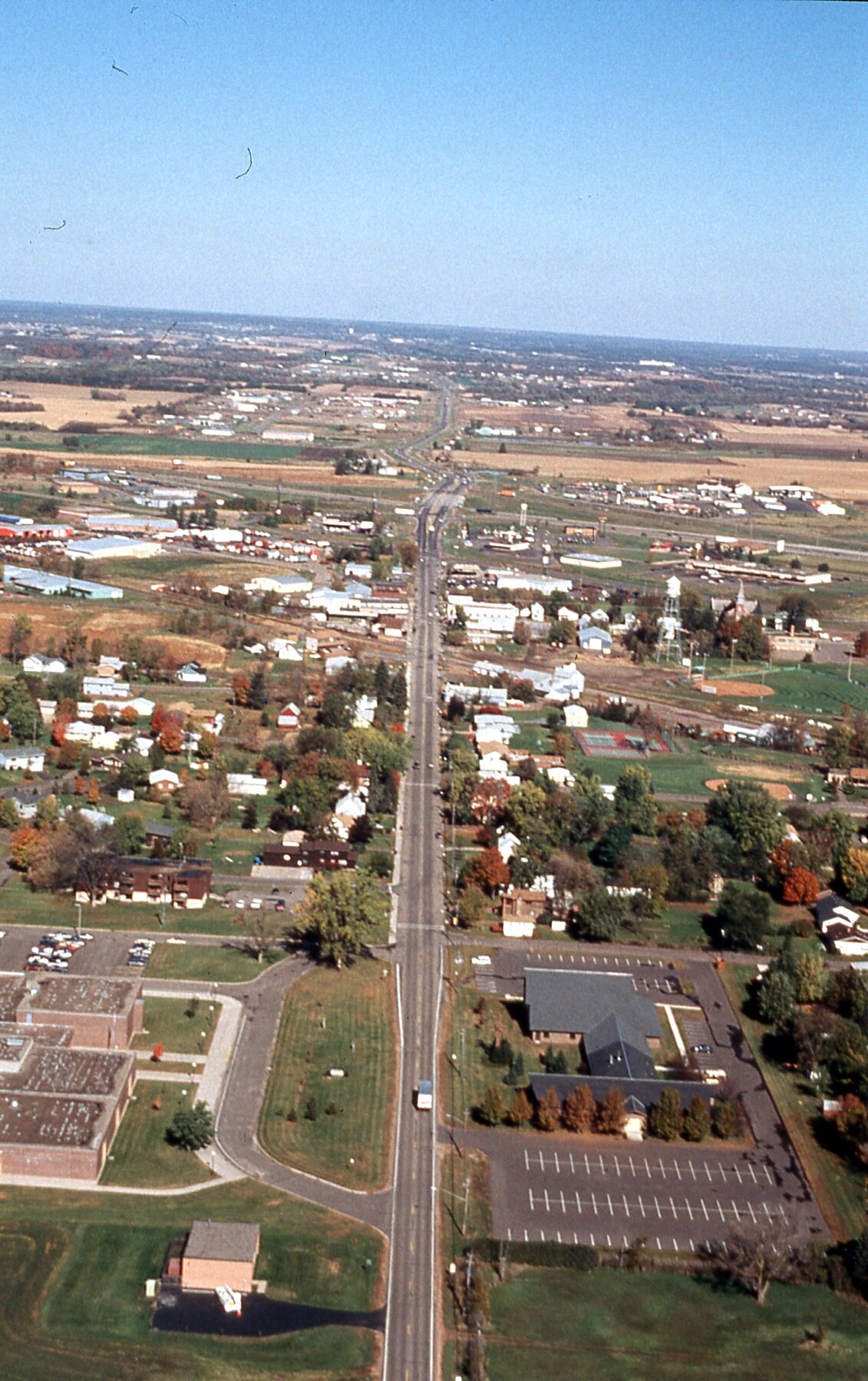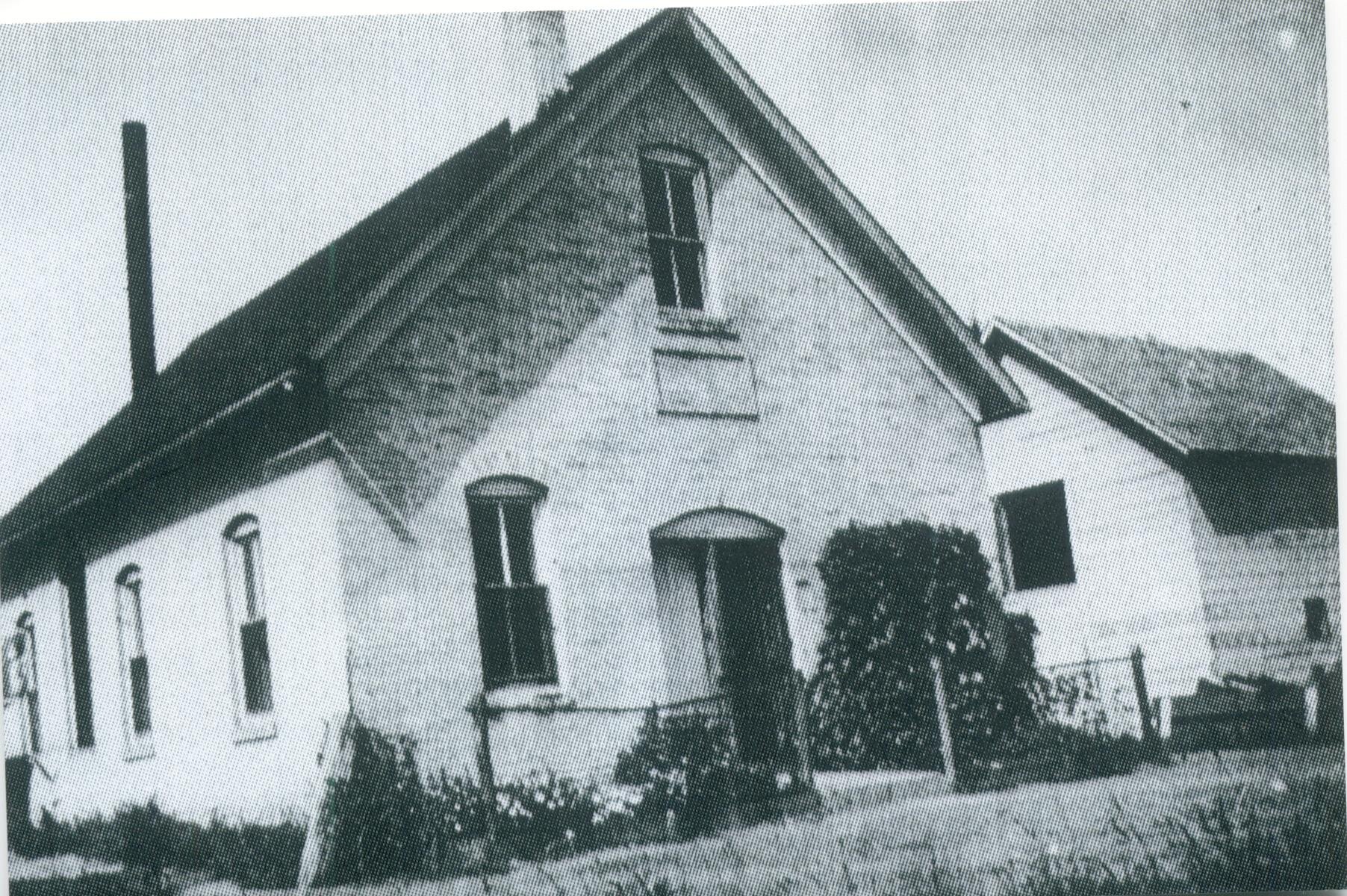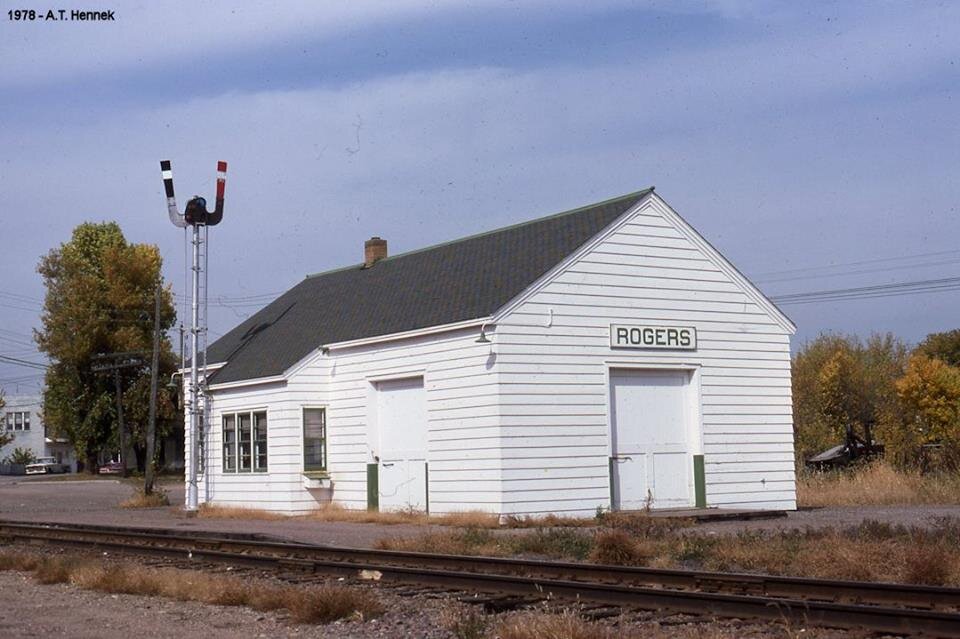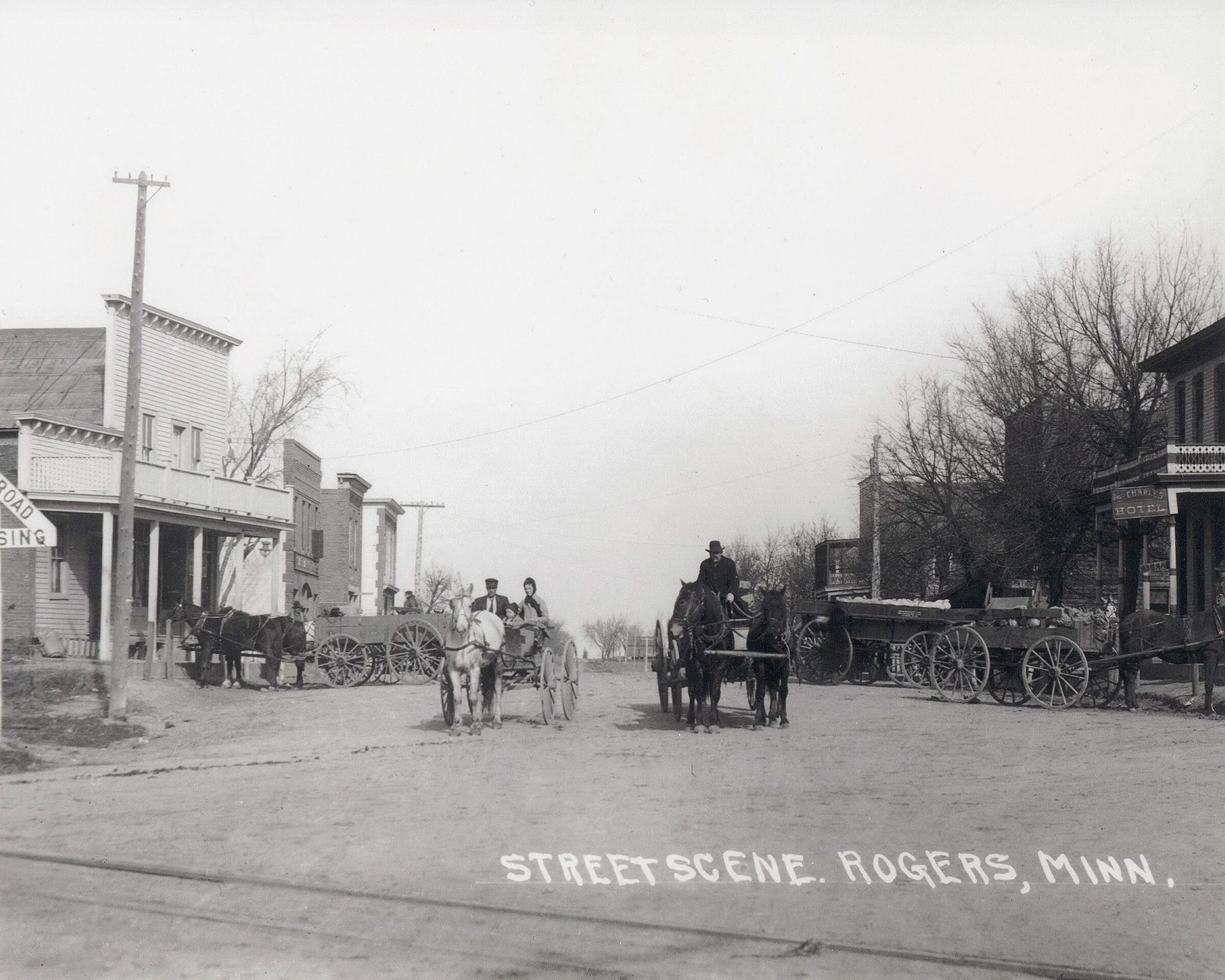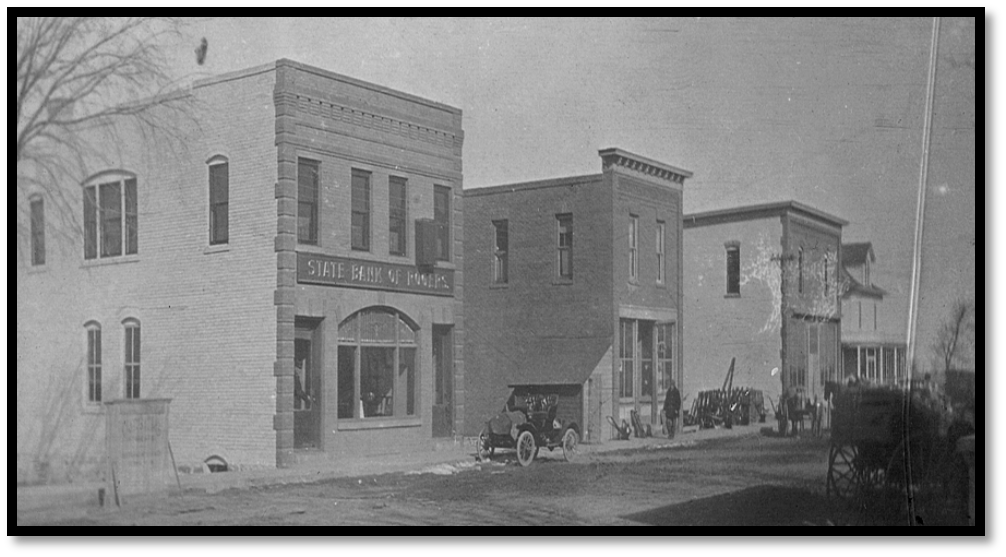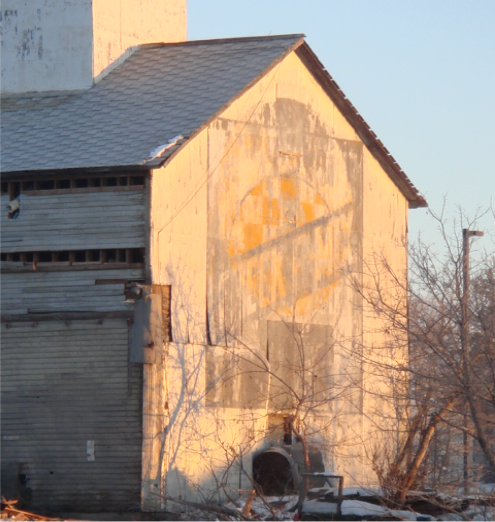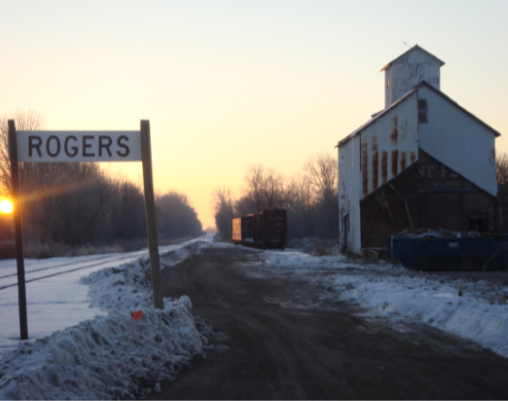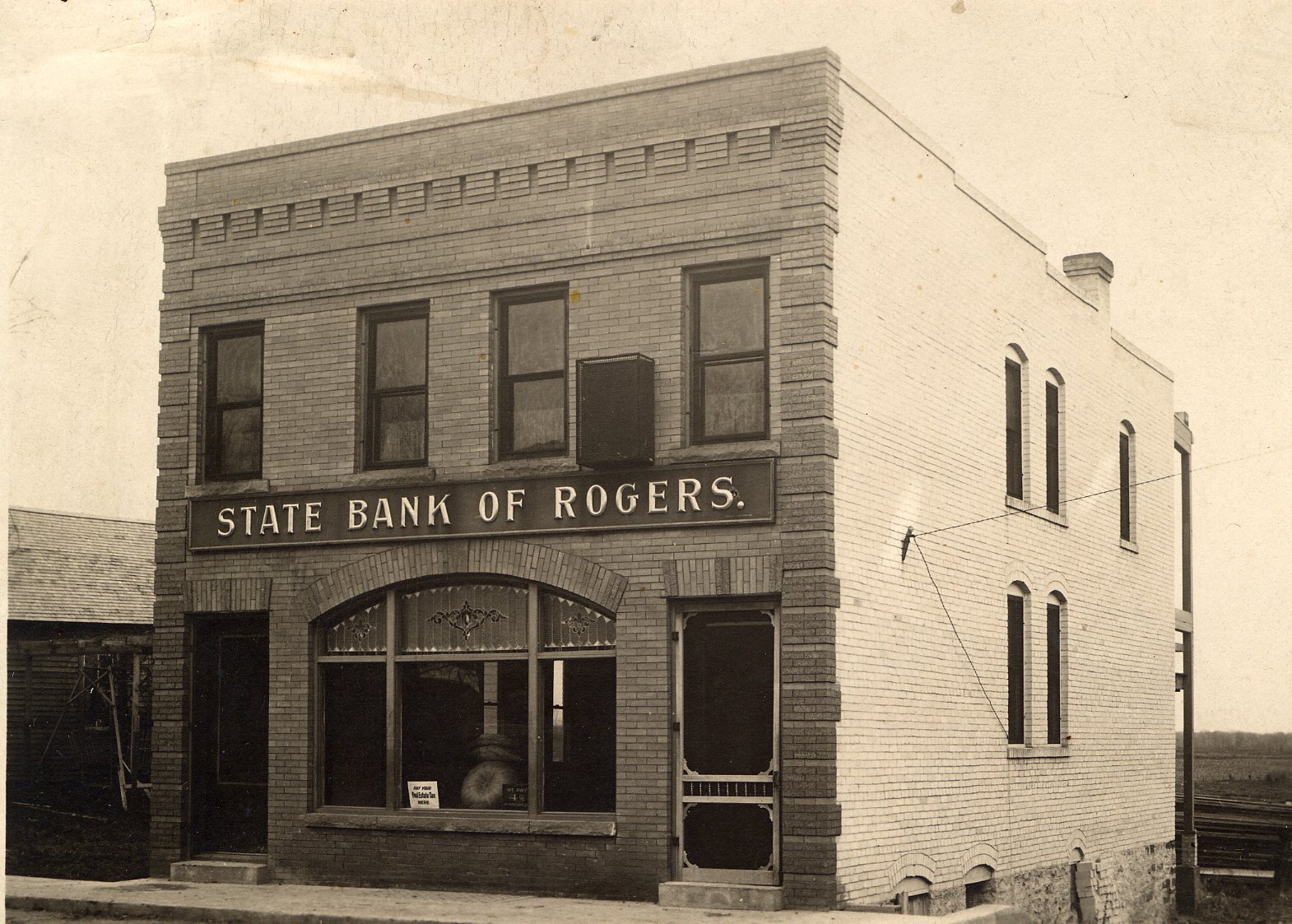Early History
Settlement in 1854 by European immigrants brought about major changes in the landscape of what is now Rogers. Originally, as part of the "Big Woods", the areas was heavily timbered with oak, elm, basswood, ash, and maple.Large areas of marshland also existed. As settlers arrived, the woods were cleared and the land was tilled for farmstead construction and crop production.
Early on, small trade centers, known as hamlets, emerged in Hassan Township to serve the needs of the settlers. The hamlet of Hassan was first settled in 1854 and then organized in 1860 along Territorial Road in Section 21. Between 1854 and 1881, Hassan contained a clustering of houses, a post office, St. John's Episcopal Church, a school and a town hall. Today, an altered school, a church and Hassan town hall remain. Although not the earliest settlement, Fletcher, originally named St. Walburga by German immigrants, has become the most notable. It stands at the intersection of Territorial Road and County Road 116 (Fletcher Lane) in Rogers. Fletcher is considered to be the "finest example of a traditional crossroads hamlet in Hennepin County" and is eligible to become a historic district by the Minnesota Historical Society.
Territorial Road crosses over a series of ridges, including a section that includes the highest point in Hennepin County. It was authorized by the Territorial Legislature in 1855 and identified as the "first legitimate outlet" for this section of Hennepin County. Through the years, it became a major transportation route for Hassan Township and surrounding communities "because it was maintained and it provided relatively easy access to Minneapolis markets." (Hennepin History Museum; 1995).
Historical Photos
